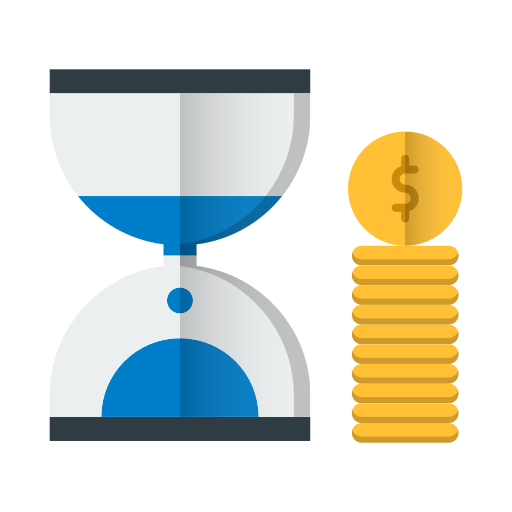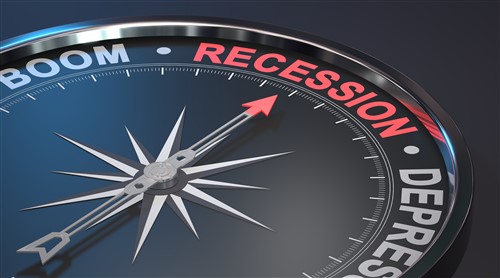The most appealing consumer financing method for customers in the US is now BNPL (Buy Now Pay Later). Giving money to customers in need is one of its many valuable services to society. They use the BNPL approach so frequently that some customers who can buy the goods in one payment continue to do so, proving that it has become ingrained in their habits. Although BNPL has benefited customers over the past few years and is now among the most widely utilized consumer financing methods, this year’s inflation and recession have hit the industry hard, and some studies believe that this could pose a threat to the BNPL sector.
The Inflation and Recession Strike
Consumer Financing and BNPL may be struggling right now (due to inflation, the recession, and a decline in interest in using BNPL for pricey things), but new interest waves are still on the way. After zero interest loans became more accessible, consumers started using BNPL lending once more. Larger businesses began employing BNPL choices in their stores, and some of them adopted the service themselves and allowed their consumers to spend now and pay later. One example is Apple, which began offering BNPL loan alternatives in September. Despite the inflation and other issues facing the consumer finance business, demand is still growing because of the low-interest rates compared to credit cards and other bank products, which increased the interest.
Since last year, there has been a surge in the number of purchasers using BNPL’s loan services. As BNPL continues to gain popularity and all stores want to be a part of it, more retailers are requesting to use ChargeAfter’s financing platform or to install their BNPL white label services, which is the top worldwide lending platform. If the trend holds, this year will be known as the “Year of Buy Now Pay Later,” and consumers will continue to favor this mode of financing as it takes over as the most common.
Inflation can be a problem for BNPL
The US’s high inflation rate has caused consumers to reconsider their purchases. People are now more cautious when choosing to use consumer financing techniques since it could wind up being an unpaid loan in the future because it forced them to look at their savings and start spending part of it as well.
As a result, BNPL lending was used less frequently in various industries. For example, this year, fewer consumers applied for BNPL lending in the electronics sector. In general, this could be an issue for BNPL providers because fewer sales translate into lower profitability and less favor with customers. However, there is a timely reason why this particular sector of the economy experienced it.
The Spending Rate Still Increases
The US consumer is still able to raise their spending this summer despite the significant inflation that is affecting them or the shifting pay growth. According to the statistics, consumers with higher incomes have increased their spending and spending expectations, which strengthens BNPL lending and provides the support it needs in situations where some sectors have become weaker and BNPL lending generally needs some assistance to overtake consumer financing. In contrast to the 8.6% increase in the consumer price index over the same time, households with an annual income of at least $50,000, for instance, reported a 25% increase in monthly spending.
The BNPL sector Benefits from the Change
Consumer spending patterns indicate that BNPL is still in demand. Inflation and the lag time between price changes are to blame for part of the poor numbers. We can conclude that consumers will continue to utilize BNPL financing and are not switching to less expensive options either; instead, they are waiting for the prices to rise in the future. This resolves two issues for BNPL and consumer finance companies: first, the decline in popularity is not significant and won’t last; and second, the low interest in using BNPL lending on expensive items will change and consumers are willing to use show-now, pay-later options on expensive goods as well.
In the United States, adults who reported using BNPL to fund a purchase at least once in the previous month expect that percentage to remain at 16% by 2022. Adults from households with annual incomes of $50,000 to $99,999 as well as those with annual incomes of $100,000 or more are more probable to have used BNPL.
The Impact on BNPL usage
In general, we can state that inflation and changes in consumer behavior may have a minor impact on the use of BNPL. However, consumers do not only use BNPL lending for expensive items; in fact, consumer financing generally enables them to buy any kind of services or goods, which contributes to the continued growth of BNPL companies’ popularity. The number of users of ChargeAfter’s leading financing platform has increased this year as well. As the site has gained popularity among new stores and has access to more reliable lenders, consumers are beginning to use it more frequently.
BNPL Lending is still Preferable
Since consumer finance is required at all times, BNPL lending is thought to be the safest option out of all. However, inflation has not just affected the BNPL industry; it has an impact on everything. In contrast to traditional financial institutions’ products, like installment loans or credit cards, which have higher interest rates and may leave customers with a mountain of unpaid debt in the future, some financing platforms, like ChargeAfter, for example, haven’t changed how they operate and continue to offer the consumers zero interest fee products. Therefore, customers prefer BNPL over banks since they carry fewer risks and offer smaller, more enticing payment plans.
This is now another justification for banks to innovate and strive to deploy BNPL white-label services in order to keep up with the rapid growth of Fintech firms and international lending platforms. Banks are also becoming more interested in ChargeAfter’s platform’s white-label services, and Fortiva Retail Finance has increased its partnership with them as a result of ChargeAfter’s platform seeing significant consumer growth over the past several years.
Summary
In conclusion, we can argue that while inflation and the recession had a negative effect on some BNPL sectors, they couldn’t hurt the BNPL sector and might even strengthen it and make it more appealing to customers. These procedures may slightly alter the BNPL lending and financing platforms, enabling them to offer larger loans to customers who are willing to try BNPL lending services on larger and more expensive things. On the other hand, lending platforms must be prepared to provide the goods and services that shops and customers require, as demand may rise in the coming months.
About ChargeAfter
ChargeAfter is a leading multi-lender platform for Buy Now pay later (BNPL) Consumer Financing. It connects businesses with the most reliable lenders, enabling them to offer customers the greatest financing solutions. With the best system of Waterfall Financing, ChargeAfter guarantees BNPL lending to every shopper, by matching the most relevant lender to every client. Using the unique consumer financing technology, ChargeAfter provides all parties, merchants, lenders, and consumers, with the best shopping experience. Phoenix, MUFG, VISA, Bradesco, BBVA, Synchrony, PICO Partners, CITI, Propel Venture Partners, Plug and Play, and other companies worldwide are among the investors of ChargeAfter.

